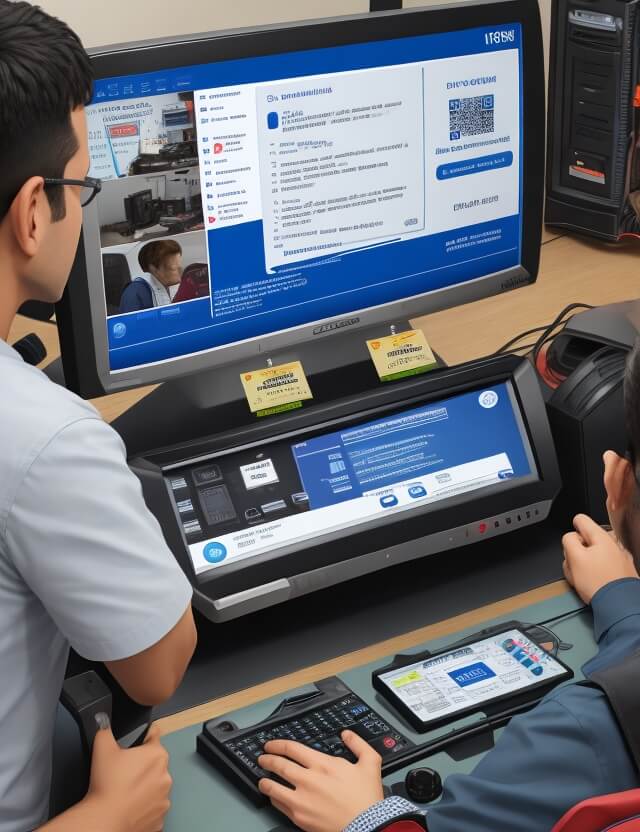
Advanced Earthquake Monitoring and Alerting System with STM32
Earthquakes pose a significant threat to life and property worldwide. Early detection and prompt alerting can significantly reduce the damage and casualties caused by these natural disasters. The Earthquake Monitor and Alerting System Using STM32 is a sophisticated solution designed to detect seismic activities and provide early warnings to people in affected areas.

System Overview:
The Earthquake Monitoring and Alerting System is an integrated solution that utilizes advanced sensors and communication modules to detect early tremors indicative of an earthquake. At its core, the system employs an STM32 microcontroller known for its high performance and reliability.
How It Works:
- Vibration Sensing: The system includes a vibration sensor that detects the slightest tremors in the earth’s crust. These sensors are highly sensitive and can pick up vibrations that may be precursors to an earthquake.
- Data Processing with STM32: The STM32 microcontroller continuously monitors the input from the vibration sensor. It is programmed to distinguish normal vibrations from those patterns typically associated with earthquakes.
- Alert Mechanism: Upon detecting unusual seismic activity, the system activates a buzzer for immediate local alerting. Simultaneously, it communicates with a GSM module to send SMS alerts to pre-registered contacts. This dual-alert system ensures that warnings are disseminated quickly and effectively.
- User Interface: An LCD display, along with push buttons, allows users to interact with the system, set up monitoring parameters, and enter contact details for SMS alerts.
Key Components:
- STM32 Controller: Acts as the central processing unit of the system, handling sensor data and controlling other modules.
- Vibration Sensor: Detects ground movement and is sensitive enough to pick up the early signs of earthquakes.
- LCD Display: Provides a user interface for system status and settings.
- GSM Module: Enables the system to send SMS alerts to a list of pre-registered phone numbers.
- Buzzer: Serves as an immediate local alerting mechanism.
- Supporting Electronics: Includes resistors, capacitors, transistors, cables, connectors, and a PCB board for circuit assembly.
Advantages:
- Early Detection: Provides crucial time for evacuation and other safety measures.
- Widespread Alerting: Can send SMS alerts to multiple recipients, spreading the warning to a broader audience.
- Reliability: Utilizes robust STM32 microcontroller and GSM technology for consistent performance.
- User Customization: Allows users to set specific parameters and contact lists for personalized alerting.
Applications:
This system is ideal for deployment in:
- Residential Areas: Providing families with early warnings can significantly enhance safety.
- Schools and Offices: Ensuring mass alerting in public buildings and institutions.
- Emergency Response Units: Assisting in the timely deployment of rescue and relief operations.

Conclusion:
The Earthquake Monitor and Alerting System Using STM32 represents a critical advancement in natural disaster preparedness. By integrating precise vibration sensors, robust processing capabilities, and effective alerting mechanisms, this system provides a vital tool in mitigating the impacts of earthquakes. Its deployment can lead to safer communities and a more responsive disaster management framework.
In order to download the PDF, You must follow on Youtube. Once done, Click on Submit
Follow On YoutubeSubscribed? Click on Confirm
Download Advanced Earthquake Monitoring and Alerting System with STM32 PDF






